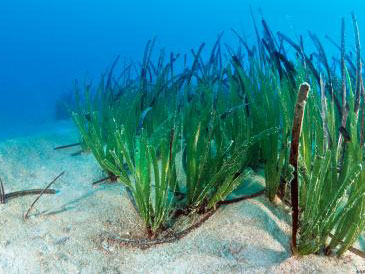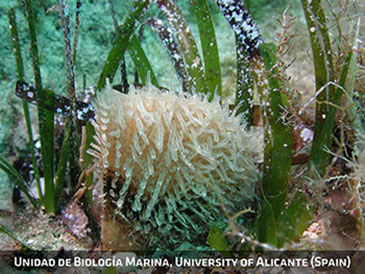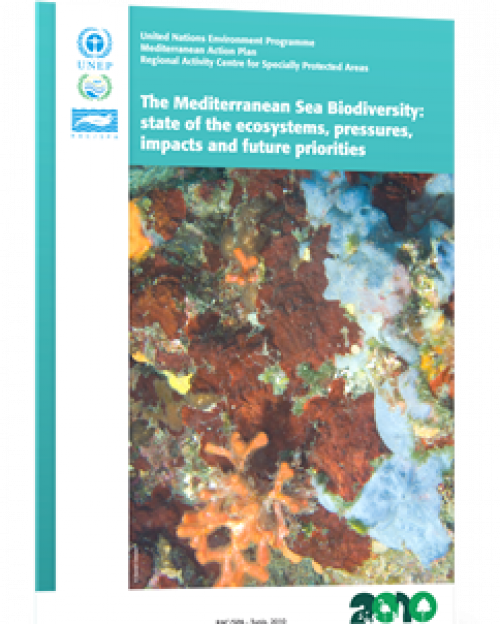Biodiversity in the Mediterranean
The Mediterranean Sea is a marine biodiversity hotspot. Though it only covers 0.7% of the world’s ocean surface, it is one of the major reservoirs of biodiversity, with at least 10,000-12,000 species (about 8,500 species of macroscopic fauna, over 1,300 plant species and about 2,500 other taxonomic groups). This corresponds to 4-18% (according to taxonomic group) of the world’s known marine species (UNEP-MAP RAC/SPA 2010).
The Mediterranean coasts are under constant and growing human pressure caused by the activities of half a billion inhabitants (2014) in the riparian countries (UNFPA) and 300 million tourists. Habitat degradation, overfishing, pollution, eutrophication, overexploitation of resources, shipping, invasive species and climate change have directly led to the degradation of the marine and coastal biodiversity.
Biodiversity hotspots are characterized by both exceptionally high levels of endemism and critical levels of habitat loss, requiring significant and concerted efforts to their conservation.
Strategic Action Programme for the conservation of Biological Diversity (SAPBIO) in the Mediterranean Region
To cope with the complex threats to which marine and coastal biodiversity is subject in the Mediterranean and confronted with the complexity and size of the pressure on marine and coastal biological diversity, the Contracting Parties to the Barcelona Convention agreed on the need for a concerted strategy to further the implementation of the SPA/BD Protocol.
Therefore, SPA/RAC developed the Strategic Action Programme for the Conservation of Biological Biodiversity in the Mediterranean Region (SAPBIO), which was adopted in November 2003 in Catania by the Contracting Parties to the Barcelona Convention.


It took 3 years to elaborate, starting from 2001, as part of a wide-ranging process based on consultations with the countries to diagnose the state of marine and coastal biodiversity, to identify national priorities and to craft a National Action Plan for each of the priority themes. The results of the national consultations were compiled to elaborate a regional SAPBIO element that would back up and coordinate the National Action Plans.
The actions identified by SAPBIO as having priority concerned seven main axes:
- inventorying, mapping and monitoring Mediterranean marine and coastal biodiversity
- conservation des habitats, des espèces et des sites sensibles
- conserving sensitive sites, species and habitats
- developing research to improve knowledge and fill in gaps regarding biodiversity
- developing skills to ensure technical assistance and coordination
- information and participation
- increasing awareness.
These actions guided countries over the following fifteen years in planning and implementing protection activities and projects, which would have repercussions for the whole of the Mediterranean.
Updates
In 2008-2009 an action to update the SAPBIO on Climate Change issues was conducted. This action was implemented through a bottom-up participative approach and led to the elaboration of national, sub-regional and regional overviews on the vulnerability and impacts of climate change on marine and coastal biodiversity.
At their 17th Ordinary Meeting (Paris, February 2012), the Contracting Parties to the Barcelona Convention and its Protocols invited the Secretariat to assess the progress made in applying SAPBIO and defining its options at national and regional level over the coming years. The Parties stressed the importance of taking into account both the Ecological Objectives adopted for the Mediterranean in the framework of the Ecosystem Approach and the Aichi Biodiversity Targets adopted by the CBD in SAPBIO’s new options.


